SINGAPORE – Mapletree Investments (“Mapletree” or “the Group”) is pleased to announce the completion of the restoration and adaptive reuse of St James Power Station (“SJPS”) and the launch of the SJPS Heritage Trail and Gallery.
SJPS was gazetted as a National Monument in 2009 and has been part of Mapletree’s portfolio in the HarbourFront Precinct since the establishment of Mapletree in 2000. As part of Mapletree’s strategy for the HarbourFront Precinct which lies at the heart of the Greater Southern Waterfront, Mapletree embarked on the execution of the addition and alteration works for SJPS in 2018, with the preservation of the historical architectural elements of the iconic monument integrated with modern building technologies.
New floating floor slabs were sensitively inserted at selected locations within the power station to introduce additional space for modern office use while preserving the original spatial quality. Large atrium spaces were also created at various locations to accentuate the large voluminous spaces. Key architectural elements including the fair-faced brick façade, two chimneys, mild steel windows and the steel frame structures were painstakingly restored to showcase the charm of the architecture. Please refer to Annex A for photos of the national monument.
The result is the creation of a one-of-a-kind experience and inspirational ambience suited for the best-in-class users. Mapletree has leased SJPS to Dyson, a leading global technology company, as its global HQ and research centre.
The newly refurbished SJPS will also house a heritage gallery in one of its distinctive chimneys and a heritage trail featuring maritime artefacts around the monument. The SJPS Heritage Trail and Gallery reflect the nation’s history as a trading hub, its rich heritage and progressive transformation over the years into a world-class city centre.
Mr Hiew Yoon Khong, Mapletree’s Group Chief Executive Officer said, “It is an exciting journey for Mapletree to unfold the next chapter of the iconic national monument, St James Power Station. Our efforts to restore and revitalise the historic building through adaptive reuse gives SJPS a new lease of life as a centre of innovation. The heritage gallery will showcase the rich and fascinating history of St James Power station and its role in the evolution of power generation in Singapore.”
This is Mapletree’s second restoration effort of the monument. The first was undertaken in the mid-2000s, where SJPS was converted into an entertainment nightspot till the lease ended in 2018.
St James Power Station Heritage Trail and Gallery
In the Heritage Trail and Gallery, visitors will be treated to an immersive experience and discover the rich and fascinating history of St James Power Station, and the evolution of the HarbourFront Precinct. Besides restored maritime and industrial relics, the gallery will also feature a specially commissioned interactive artwork that showcases the intricate power generation process, bringing the building to life through digital technology.
Conceptualised with Studio Lapis, the Heritage Trail and Gallery are scheduled to be open to the public by the end of March 2022. More information about the Heritage Trail and Gallery is available at Annex B.
Annex A – Photos of St James Power Station
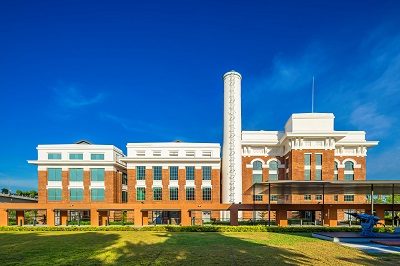
St James Power Station
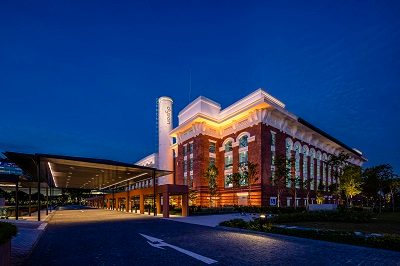
Evening shot of St James Power Station
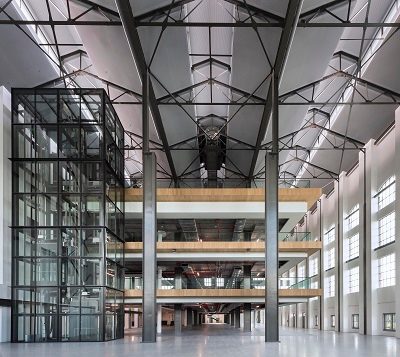
Interior of St James Power Station
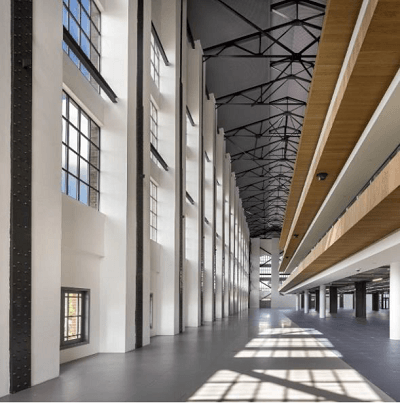
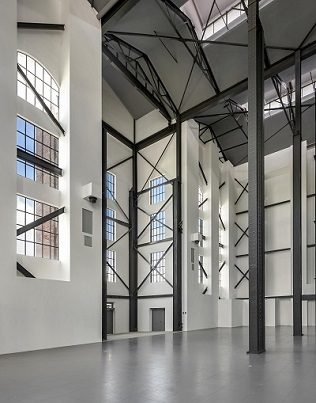
Interior of St James Power Station
Annex B – Overview of Heritage Trail and Gallery
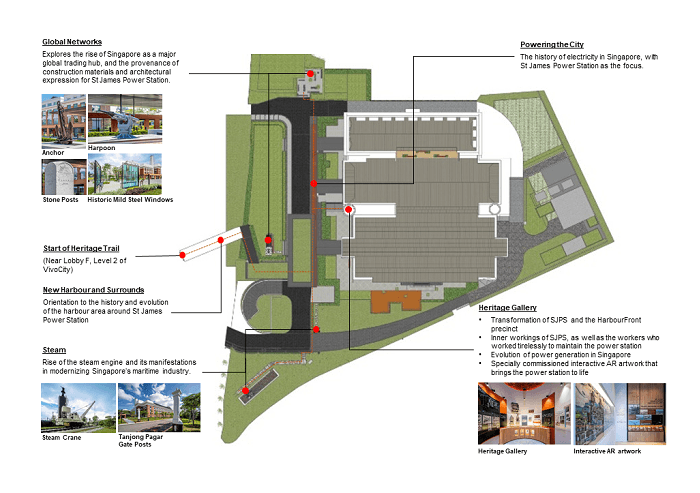
Anchor
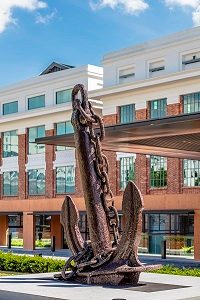
Standing nearly two metres high, this anchor was commonly used in vessels in the 20th century. Patented by John Francis Hall at the beginning of the 1900s, its lack of horizontal arms made it easier to stow in the ship through a hole known as the hawsepipe.
Its cylindrical shank (instead of the usual sharp-edged shanks) differentiates this model from other anchors. Refined from earlier anchor designs, Hall’s stockless anchor became the model for the modern anchors to come and continues to be used today.
Harpoon
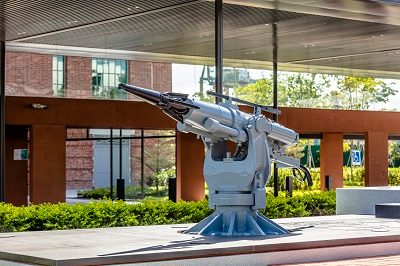
Commercial whaling was common in the mid-19th century and was historically associated with Imperial Russia and later Soviet Russia. This harpoon gun was mounted on a ship named ‘Voskhititel’nyy’ translated from Russian as ‘delightful’. The ship was in commission from 1962, and belonged to a Russian whaling fleet called ‘Sovetskaya Rossiya’. The fleet would often dock in Singapore during its expeditions to the Indian Ocean.
Whaling eventually declined in the 1970s due to its controversy. The harpoon gun was gifted in 1974 to the Maritime Museum before ‘Voskhititel’nyy’ went out of commission in 1980.
Stone Posts
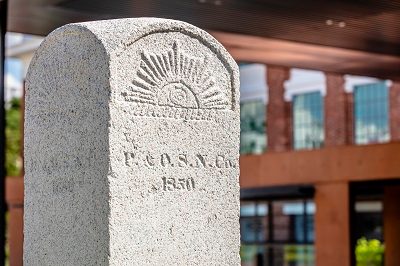
These two stone posts have stood at the boundary of the P&O wharf since the 1850s. The P&O wharf was built at the New Harbour, where its deep-water conditions were ideal for the significantly larger steamships. The wharf likely stood in place until the Singapore Harbour Board bought it in 1926. In 1977, the land was used to build the World Trade Centre, later renamed HarbourFront Centre.
Tanjong Pagar Gateposts
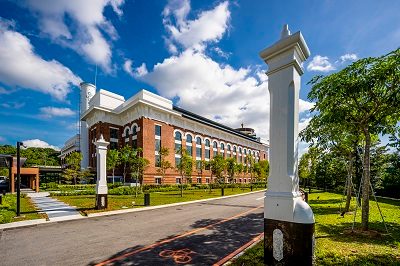
These two cast-iron gate posts possibly date back to 1864, when they marked the entrance to ‘Victoria Dock’, owned by the Tanjong Pagar Dock Company. By 1913, the colonial government had taken control of the Tanjong Pagar Dock Company. They established the Singapore Harbour Board, which was eventually replaced by the Port of Singapore Authority. The gate posts have remained in place, witnessing more than a century of the transforming docklands.
Steam Crane

This 10-ton Steam Crane, named Works Number 683, was made by John H. Wilson & Company of Sandhills, Liverpool. It was installed beside Albert Dock and ran along the docks on a fixed set of railway tracks.
The steam crane is composed of parts made by different companies in the UK. The railway tracks for the steam crane were supplied by the British Steel Corporation’s rail making plant in Workington. They also once provided the rails for Singapore’s MRT systems for 30-40 years. These constant upgrades have allowed the steam crane to function for more than 100 years before its decommissioning in 1983.
Historic Mild Steel Windows
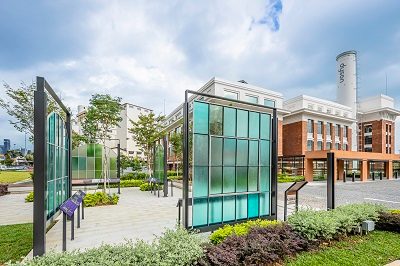
The façades of St James Power Station feature tall mild steel windows with green glazing. The lofty windows resemble those of cathedral buildings, bathing the interiors with a soft, diffused light. The signature green tint is characteristic of early glass windows, a popular material of the 1920s, which reduces glare from the harsh tropical sunlight.
The window design can be traced to a 1925 catalogue of the Crittall ‘Fenestra’ range. Founded in 1889 in Essex, England, Crittall Windows Ltd. pioneered the mass production of windows with minimum sightlines, strength, security, quality finishing and distinct elegance. These qualities made Crittall Windows sought-after for Modernist landmarks.
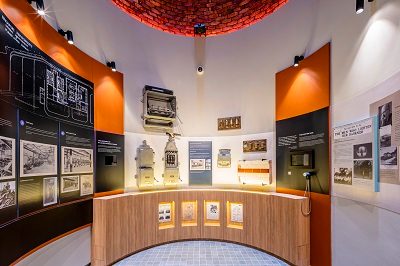
Inside the St James Power Station Heritage Gallery

Immersive experience in the St James Power Station Heritage Gallery







